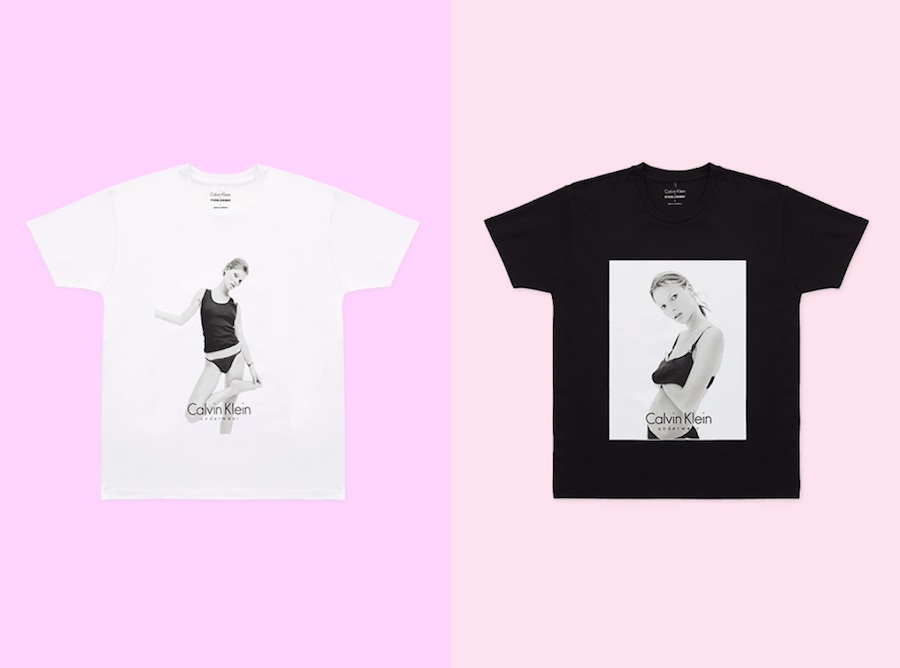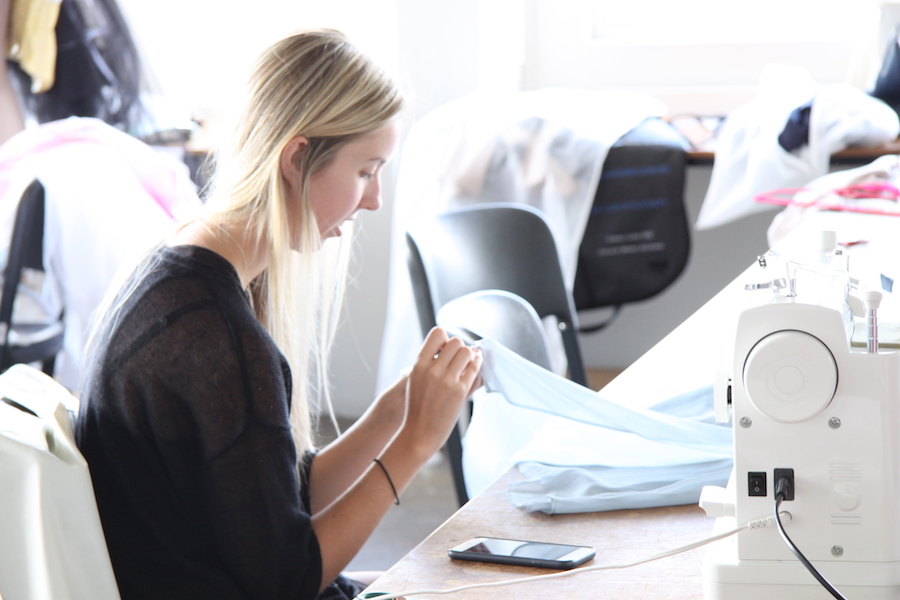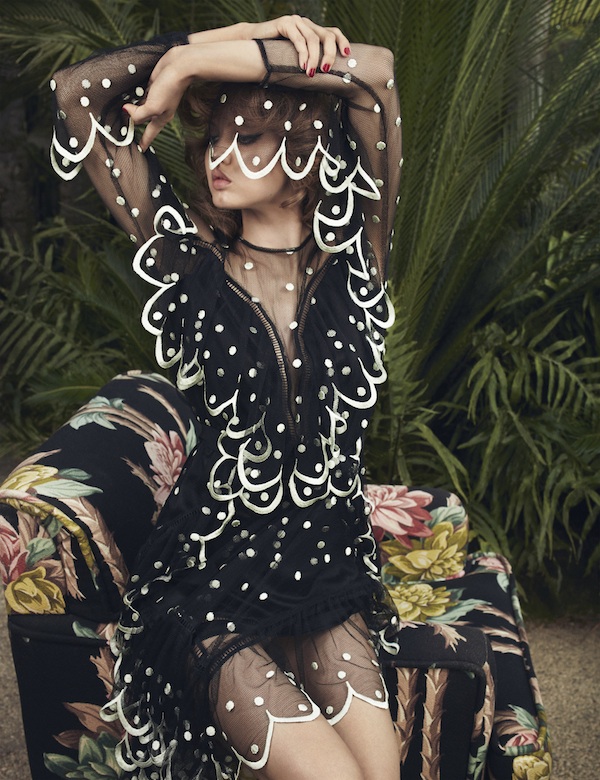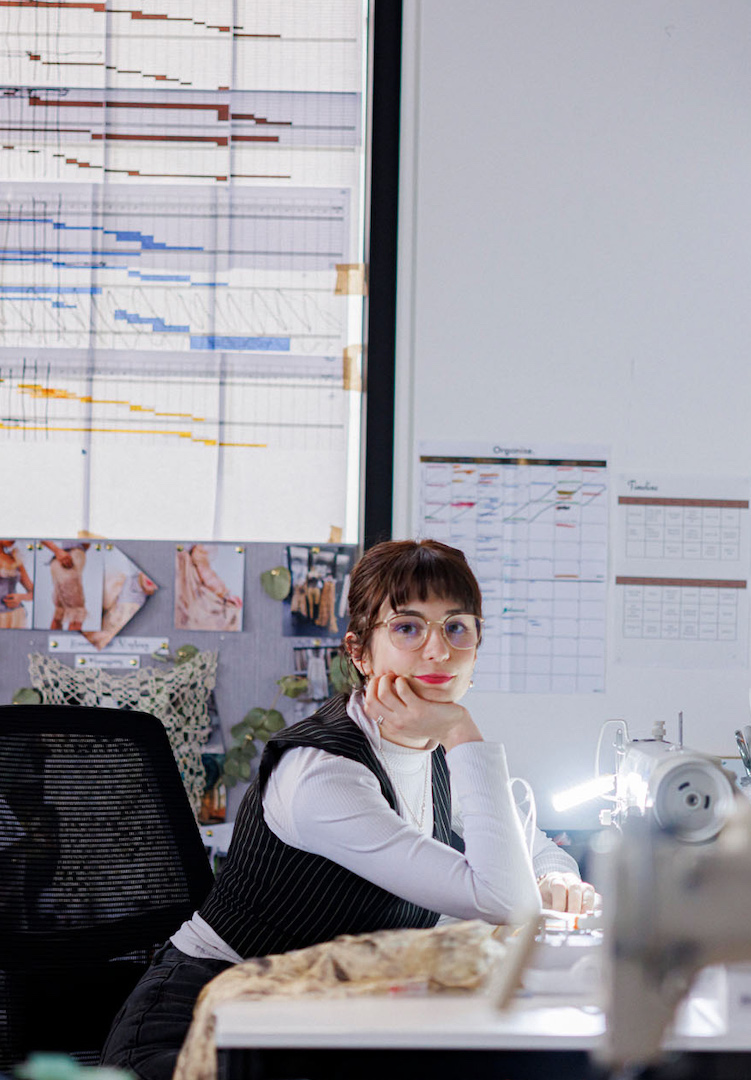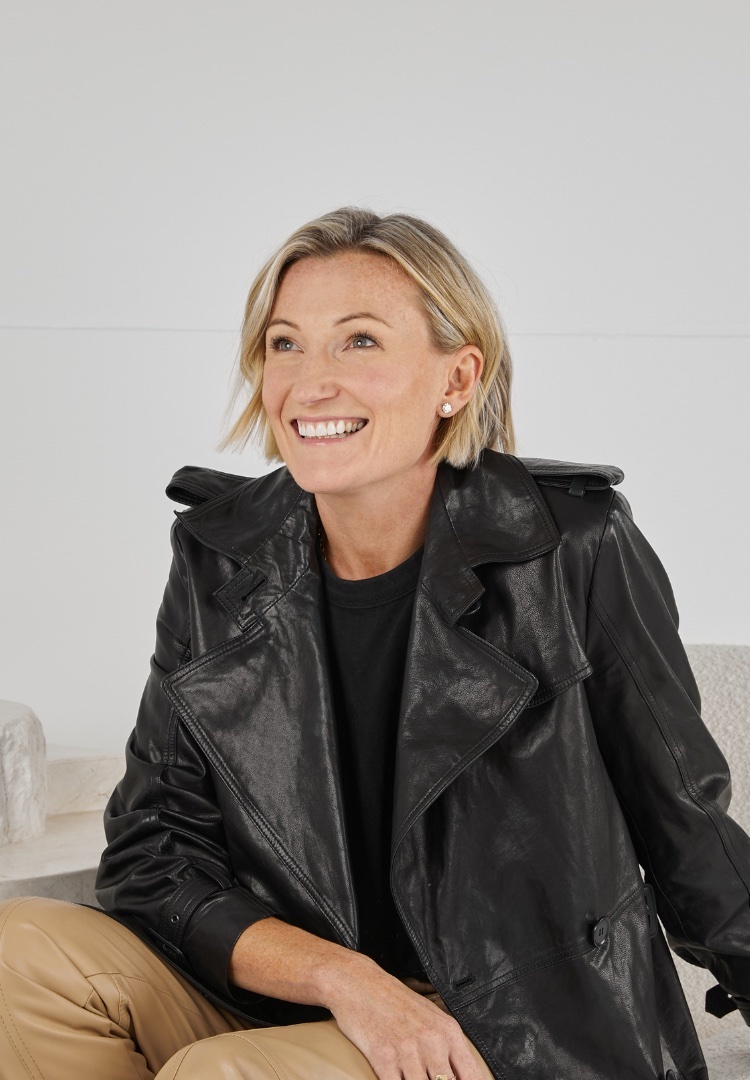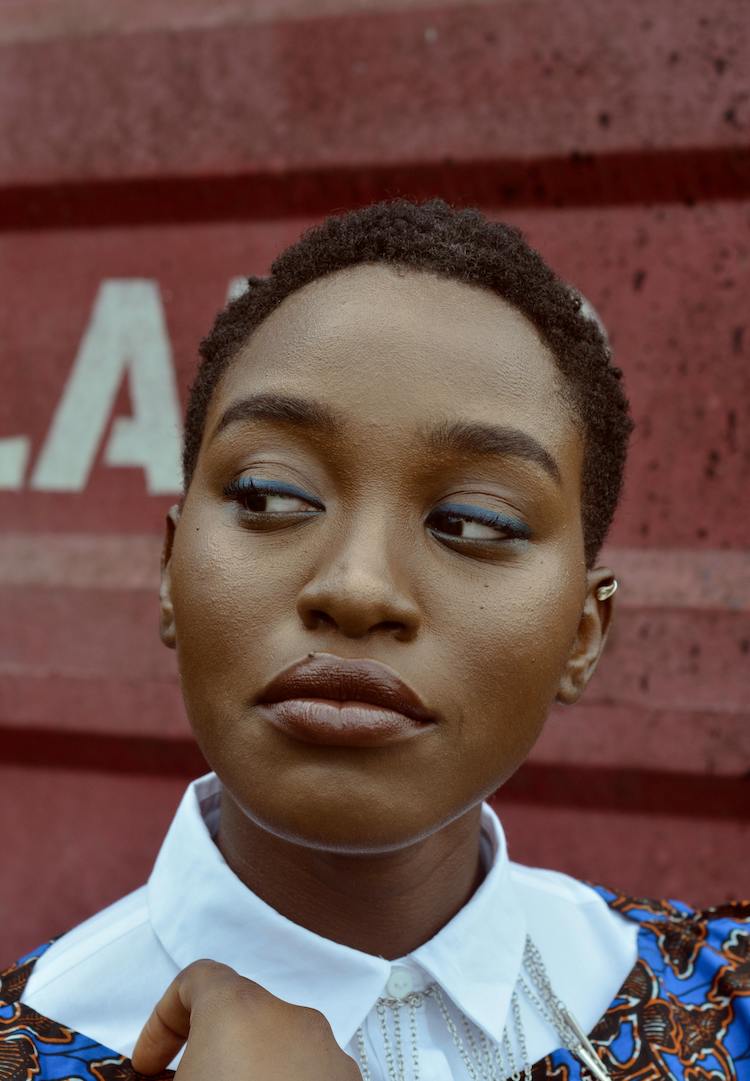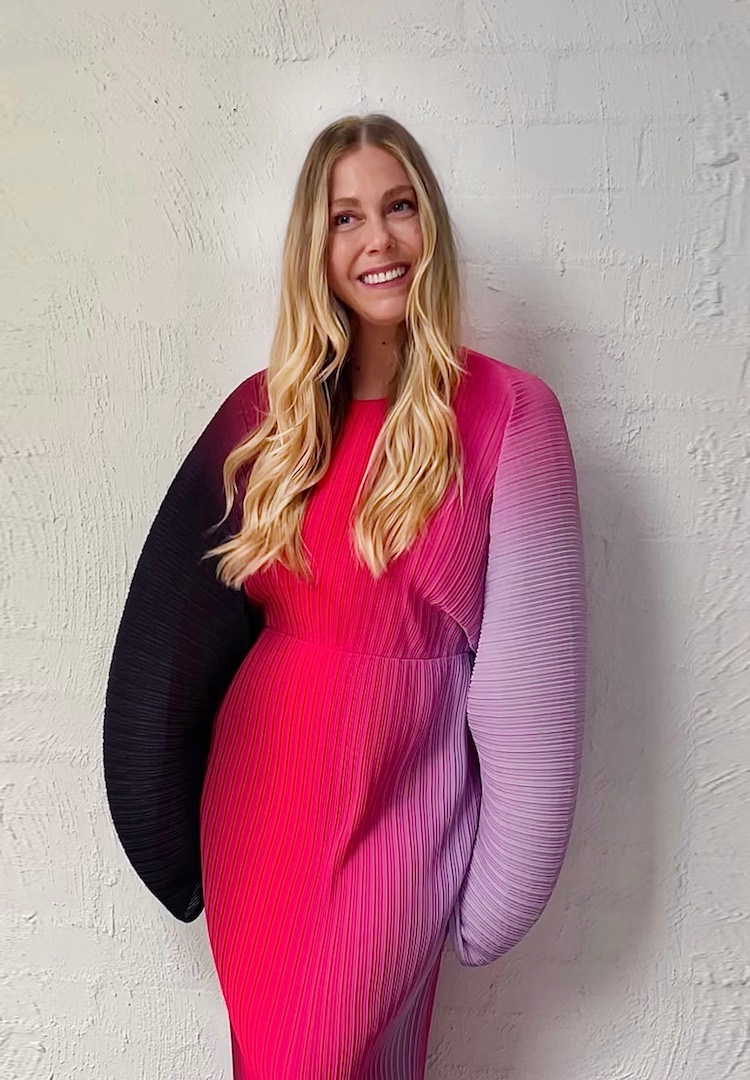10 tips to make it through design school alive
What, like it’s hard?
Ask anyone who studied design and they’ll tell you it’s hard.
No, no. Not like ‘omg I pulled an all-nighter last night’ hard.
It’s more like, ‘umm, what social life?’ kind of hard.
We already know there’s a whole listicle worth of info that no one tells you about studying design, but knowing you’re going to lose a lot of sleep doesn’t exactly help you prepare.
So with your best interests at heart, we had a chat to Whitehouse Institute of Design graduate, Tanu Vasu.
Tanu graduated last year and is already on her way to success, having been selected by the Powerhouse/MAAS museum to showcase her designs as an exhibition during September’s Sydney Design Festival (you can check them out here). She also made it out of design school alive.
We asked Tanu for some pointers, so that those of you keen on studying design can survive the next few years.
Good luck.
Tip #1: Work effectively
We know what you’re thinking: Yawn. Der fred. Point number one is soooo obvious is it even worth me reading this article?
Answer: Yes.
The key lesson to gain here is that you are going to have a buttload of work. So much that you won’t have time to finish it all. Instead you need to manage your time, prioritise your workload and be ready to work under ~a lot~ of pressure.
“At the start of the course, there was the pressure of having to complete garments alongside essays and supporting material for my collection in a short time frame,” says Tanu.
“Procrastination is a huge downfall in design school. It is so fast paced that if you don’t complete a task on time it may impede on your work shortly after.”
To combat this, Tanu sat down every Sunday to plan her week, penciling in class time and studio time, and leaving a few spaces blank for relaxation and social events. She says this is what gave her balance during the course.
Tip #2: Also, create pre-deadline deadlines
Set yourself a project. Estimate how long it will take to complete. Now double it. Now prob double it again. This is how long you can expect to spend on your assignments.
It’s all very time consuming, so Tanu suggests aiming to complete your work with a few days to spare before marking day.
“It’s at this time that you can fixate your complete attention to the collection as a whole. This will allow you to gain a better idea for styling and necessary changes. There are always some final touches that are needed to harmonise the collection.”
She also suggests setting deadlines for each stage of the collection, to ensure you have time to make changes later on.
Tip #3: Be prepared for baggage
This especially applies to the fashion students. Be prepared to carry bags. Lots of bags. Every bag you can imagine. You can expect to carry everything from fabric rolls to machine parts. You will become the bag lady.
Tanu suggests carrying a large bag with multiple compartments, especially if you’re taking public transport to and from class. If you’re lucky, your school will also offer private lockers, a luxury Tanu scored at Whitehouse.
Tip #4: You will be attending class
We know, we know. Your friends all skip uni classes.
“You can just listen online!” they say, “no one goes to class anyway!”
Well not up in here.
Design school is about practice over theory, meaning you actually have to attend class to get anything out of it. Crazy huh? And sorry, but even running late for class isn’t going to cut it.
“It was really important to be in class on time, as the tutor usually described the exercise we were doing at the start. It’s especially important in the first couple years where you are still new to the techniques that are being introduced. If you missed the foundation it made it difficult to complete the rest of the task.”
Tip #5: You’re going to want to dress up
We’ve already seen photographic proof that kids at design schools dress v well. Soz, but your comfy Sunday (every day) trackies aren’t going to cut it here.
“I’ve seen everything from traditional tailored suits to pop-art prints to eclectic accessories. Everyone embodied individuality when it came to dressing, this was definitely one of my favourite aspects of design school,” says Tanu.
It’s all about embracing your personal style.
Tip #6: Buy in bulk
Hate to break it to you, but you’ll need to buy supplies and supplies don’t come cheap. This means that you’re going to need to be savvy with your purchases or risk adding an increasing amount of packet Mi Goreng to your daily diet.
Yes, we know, Mi Goreng is delicious. But not every night.
To save coin, Tanu suggests making like Costco and buying everything in bulk.
“It’s probably one of the best things you can do, especially if it’s for a collection where the fabric is reoccurring throughout the story. This also applies for zippers and buttons, they always come in handy.”
Tip #7: Get experience
We’ve already told you about the benefits of an internship and these extend to design school. Tanu had a lot to say on this point:
“Work experience is essential, it allows you to understand how the industry works. You are given the opportunity to apply what you learn at design school in the industry environment.”
Tanu started interning at Carla Zampatti when she was a teenager and has frequently returned since, “as the studio was so inspirational,” she says.
“I learned about the creative process entailing design room basics such pattern-making, production methods and ways to communicate through storyboards.”
Tanu also advises broadening your work experience beyond design, after she interned with the editorial team at Vogue for six months.
“My main focus has always been in design however, I believe it is necessary to gain experience in a number of areas within your field so you can better understand your domain of practice,” she says.
Tip #8: Always use the grid
This will make more sense once you’ve started your studies, but basically the grid is to design what group chat is to your high school group: it holds the whole damn thing together. Tanu refers to The Grid as the “golden ratio.”
“It has an elusive nature that I like to use in the foundation of all my designs as it provides symmetrical relationship and is extremely useful in terms of proportions.”
Tip #9: Document your work
Yes, keeping a uni diary is the worst, however it’s pretty important for design. Tanu told us that aside from journalistic purposes, it allowed her to refer back to and build upon styles she created years ago.
“I find it is vital to document everything, even if it is a silly design you created for a class activity as it may be useful in the future. I created my signature piece of my graduate collection from an illustration I had completed in first year.”
Tip #10: Most importantly, distinguish your style
Tanu could not have pushed this point enough.
“Distinguish your own characteristic style. In turn, this will bring about a strong design identity. If you ever find yourself having a designer block, just refer back to the concept and it will place you back on the right path.”
She also says it’s important to focus on your own vision, not anyone else’s.
“It is essential to believe in your work and anchor your attention to your collections. Don’t spend time looking at other work as it may hinder your own vision.”
If you think you’re ready to tackle design school, Whitehouse Institute of Design’s mid-year intake is now open.

